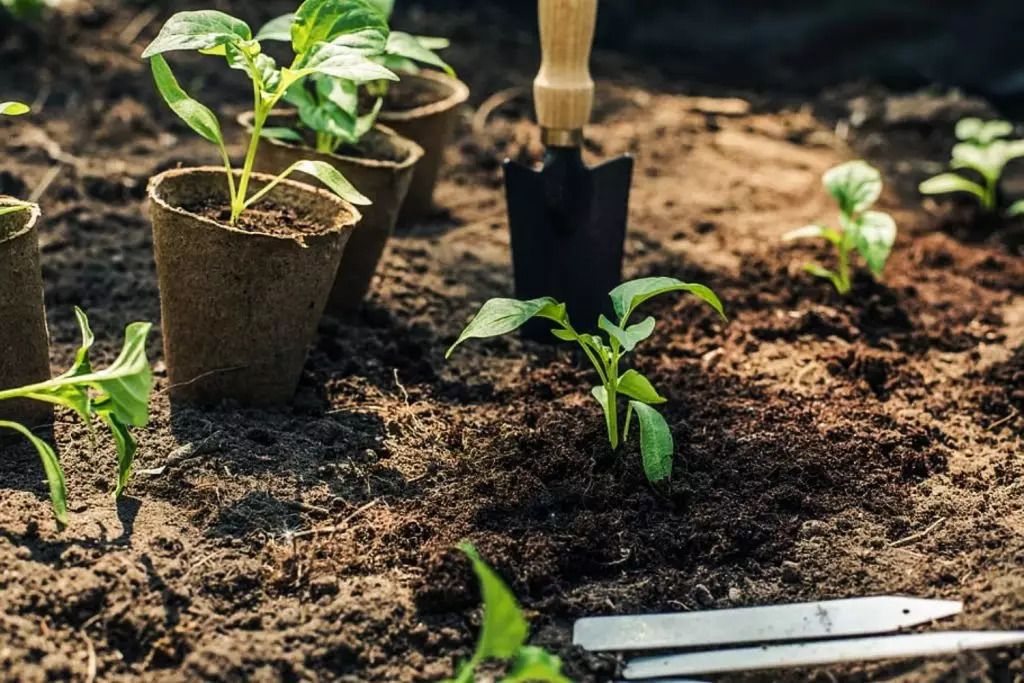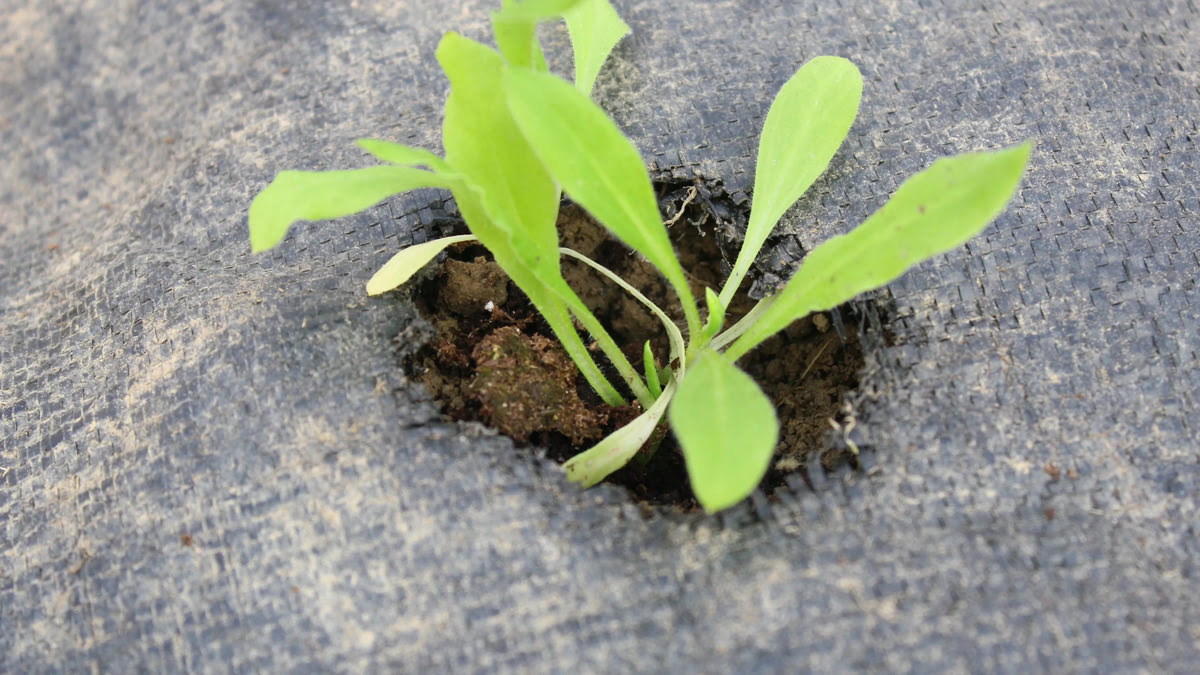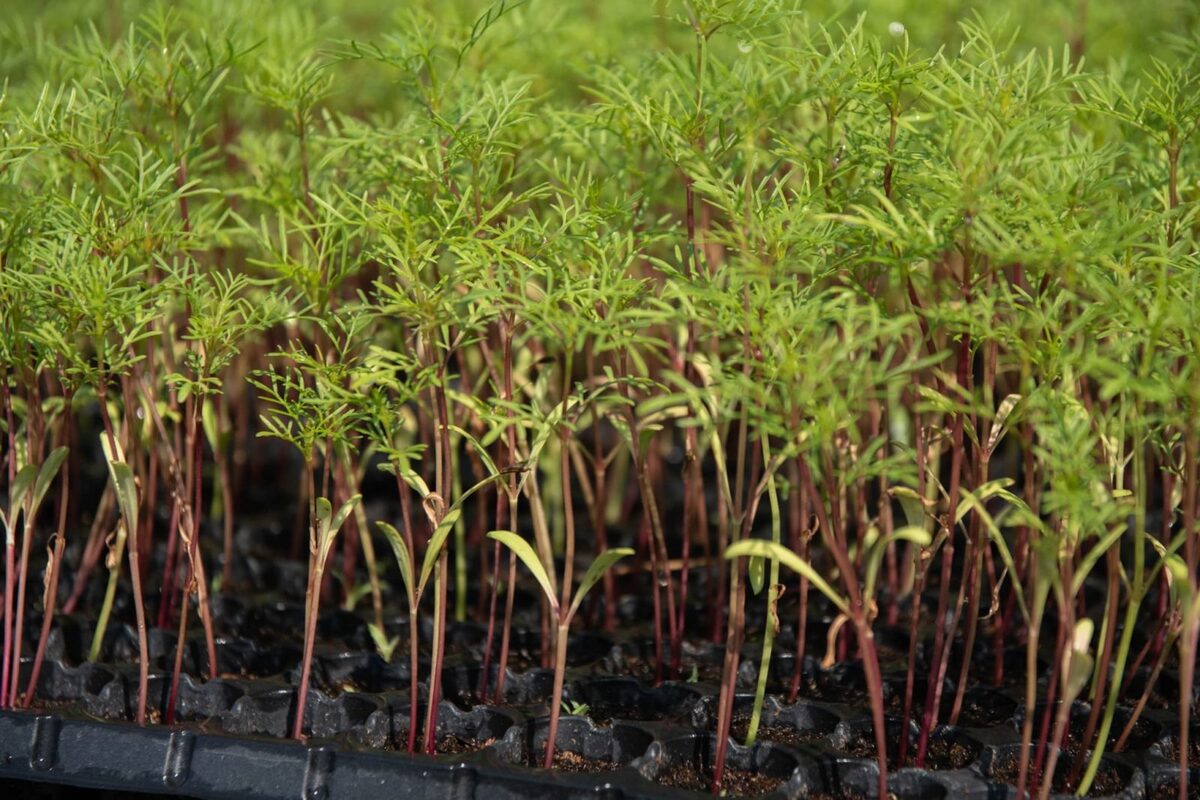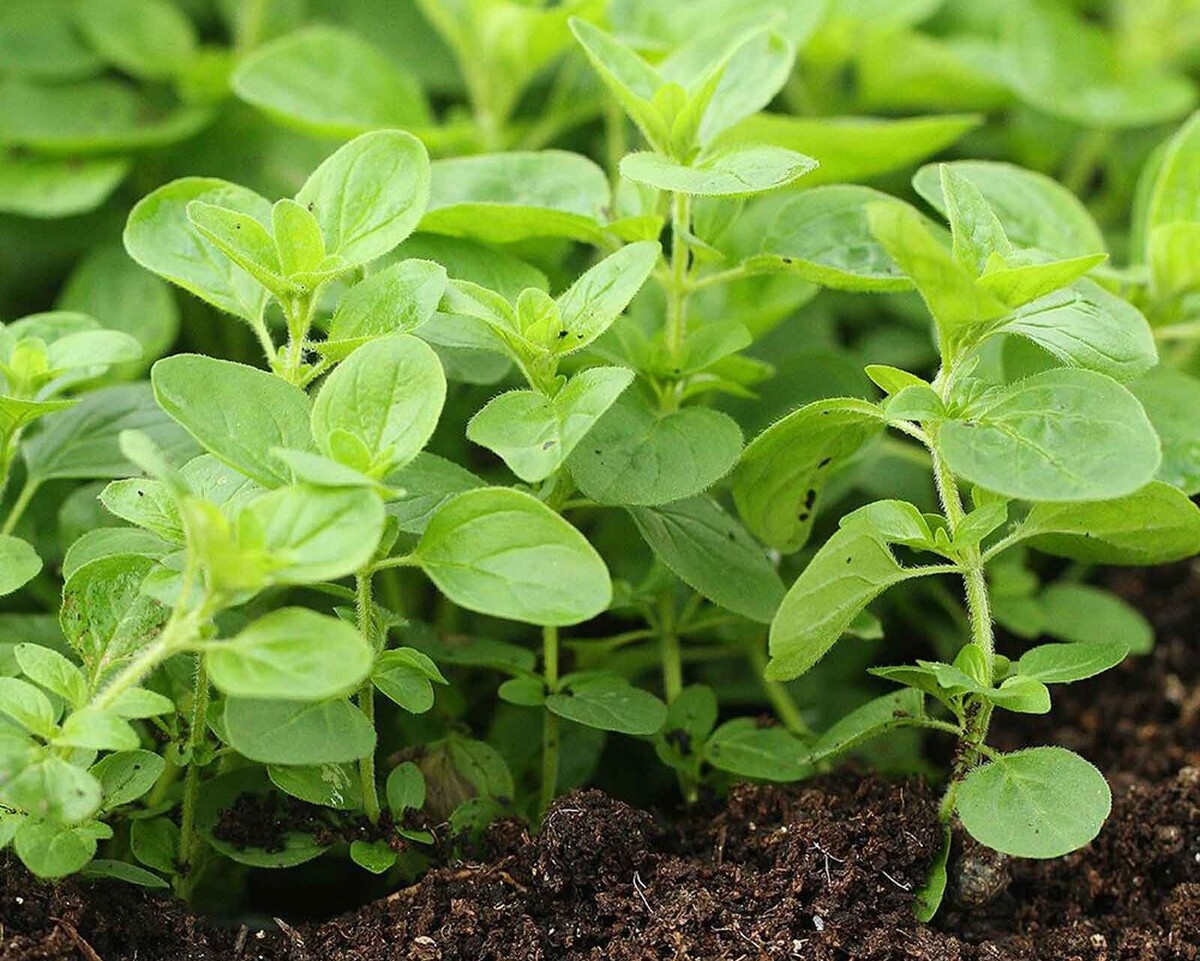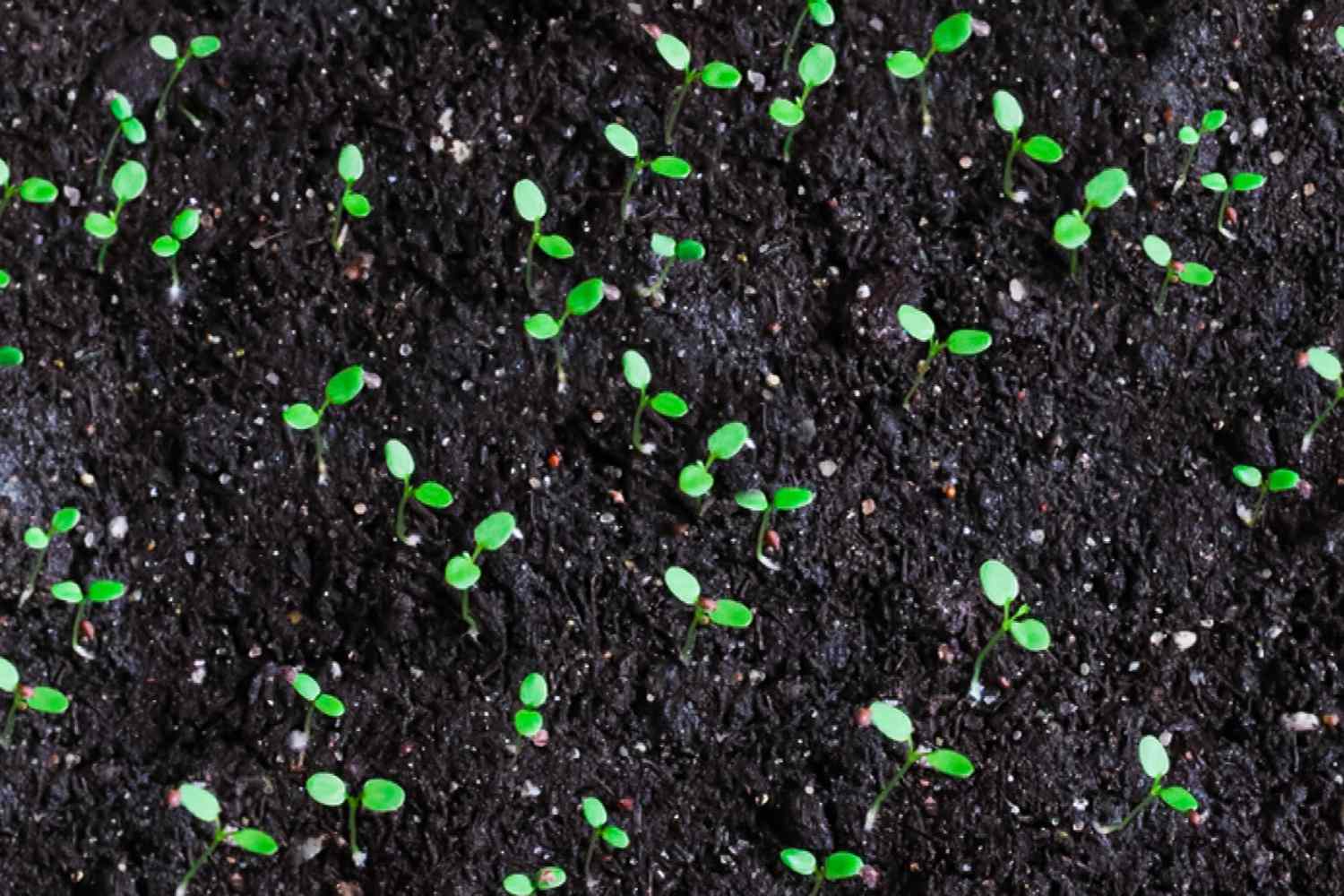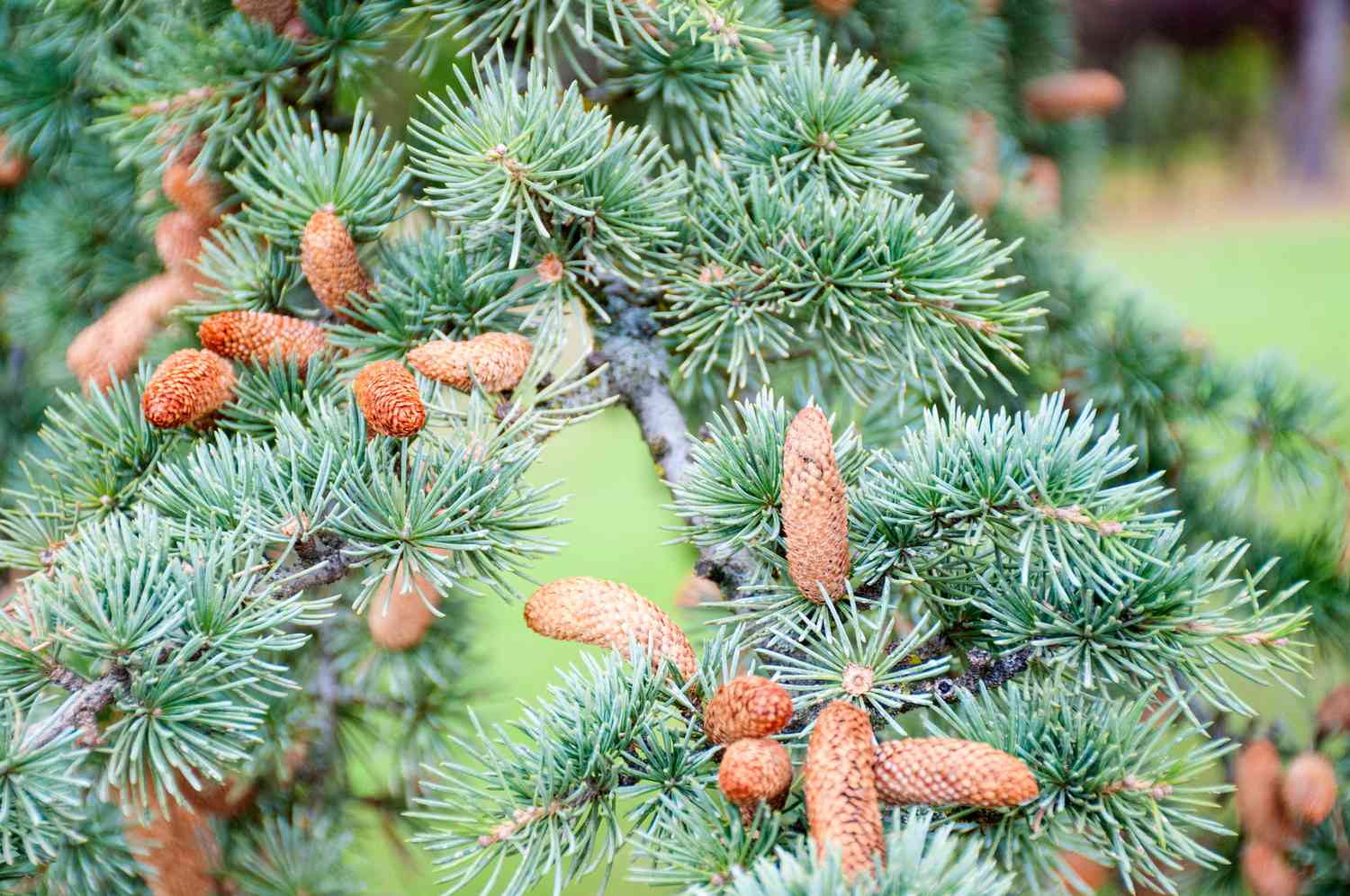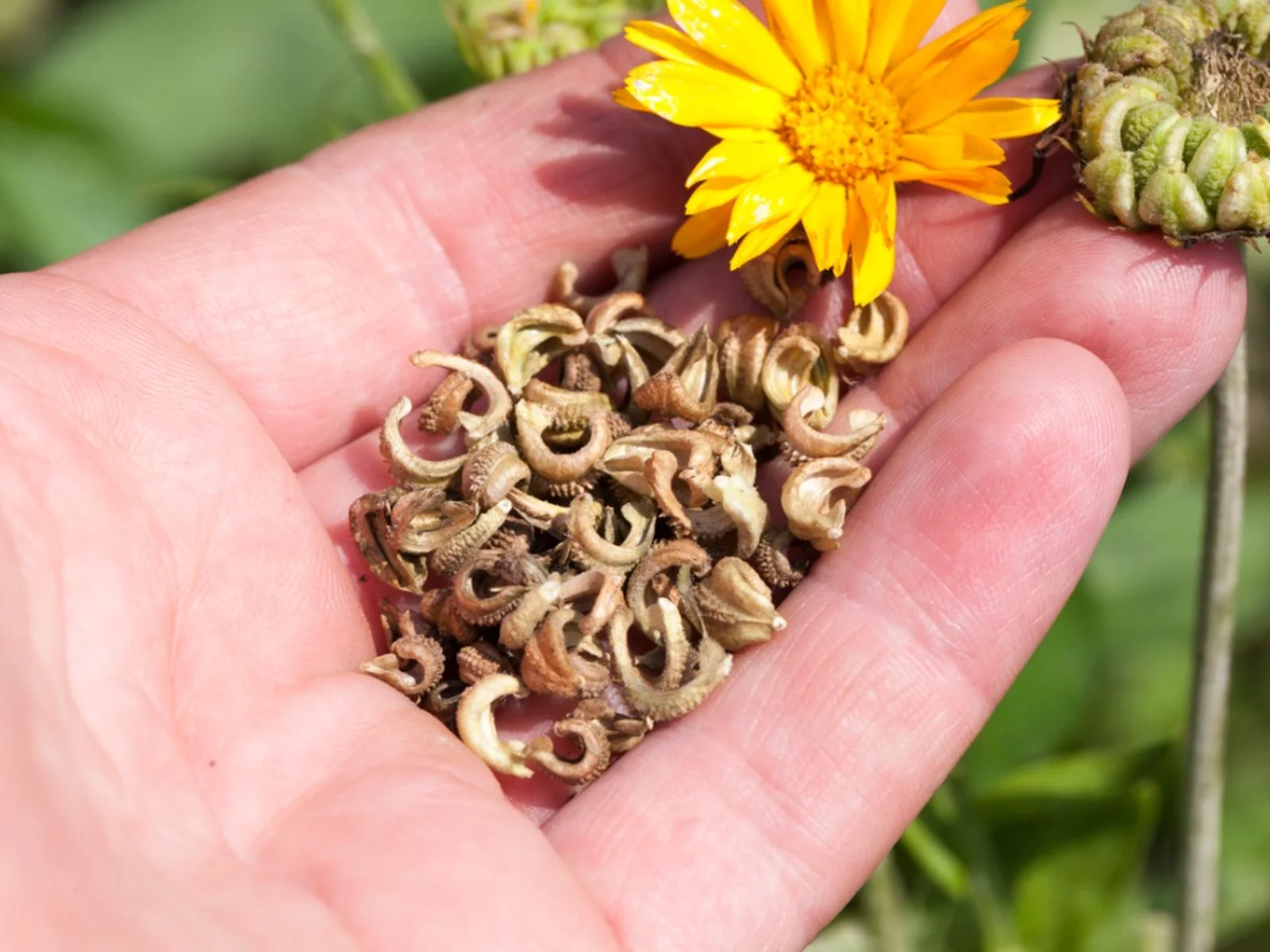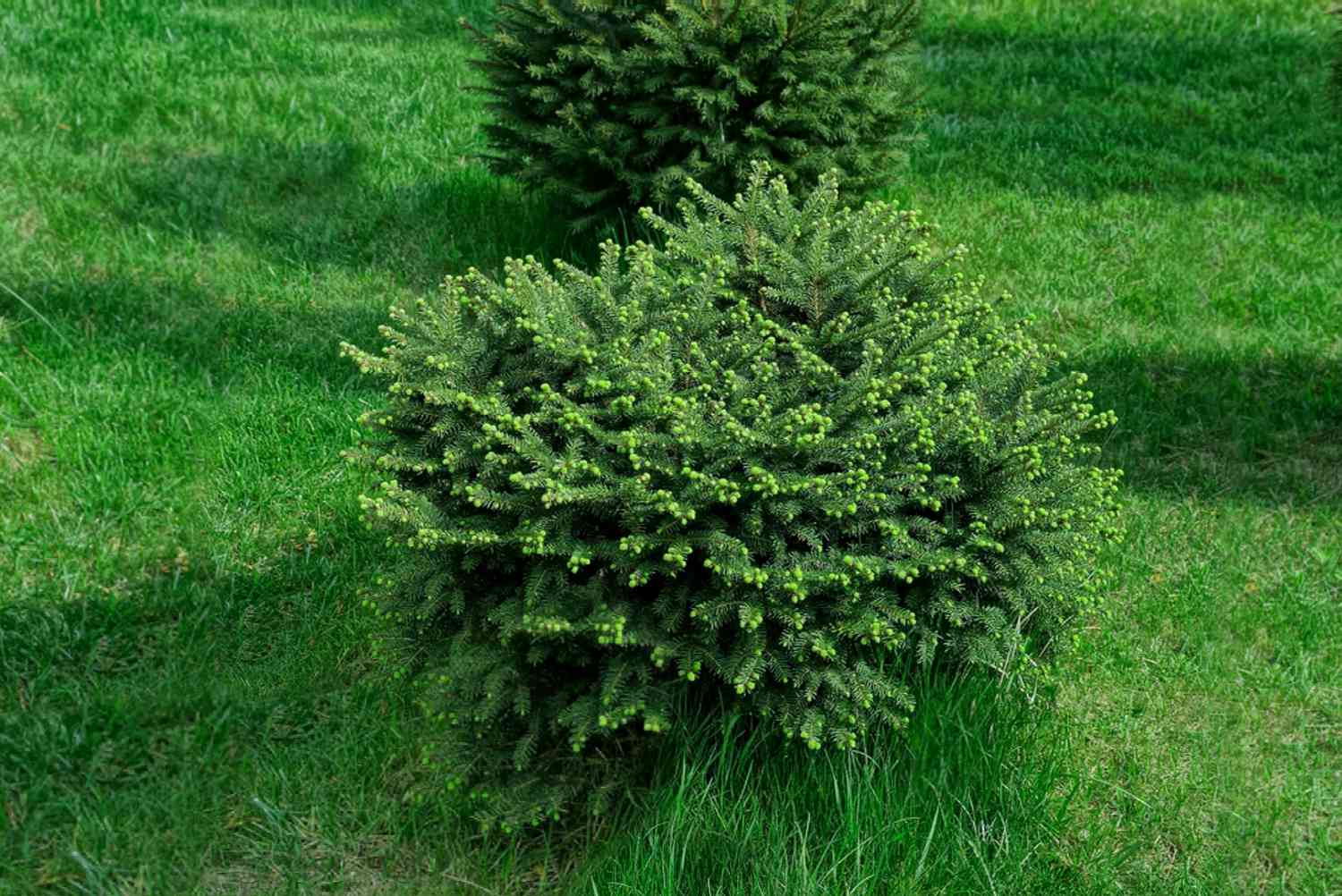Home>Types of Gardening>Edible Gardening>What Do Potato Seeds Look Like
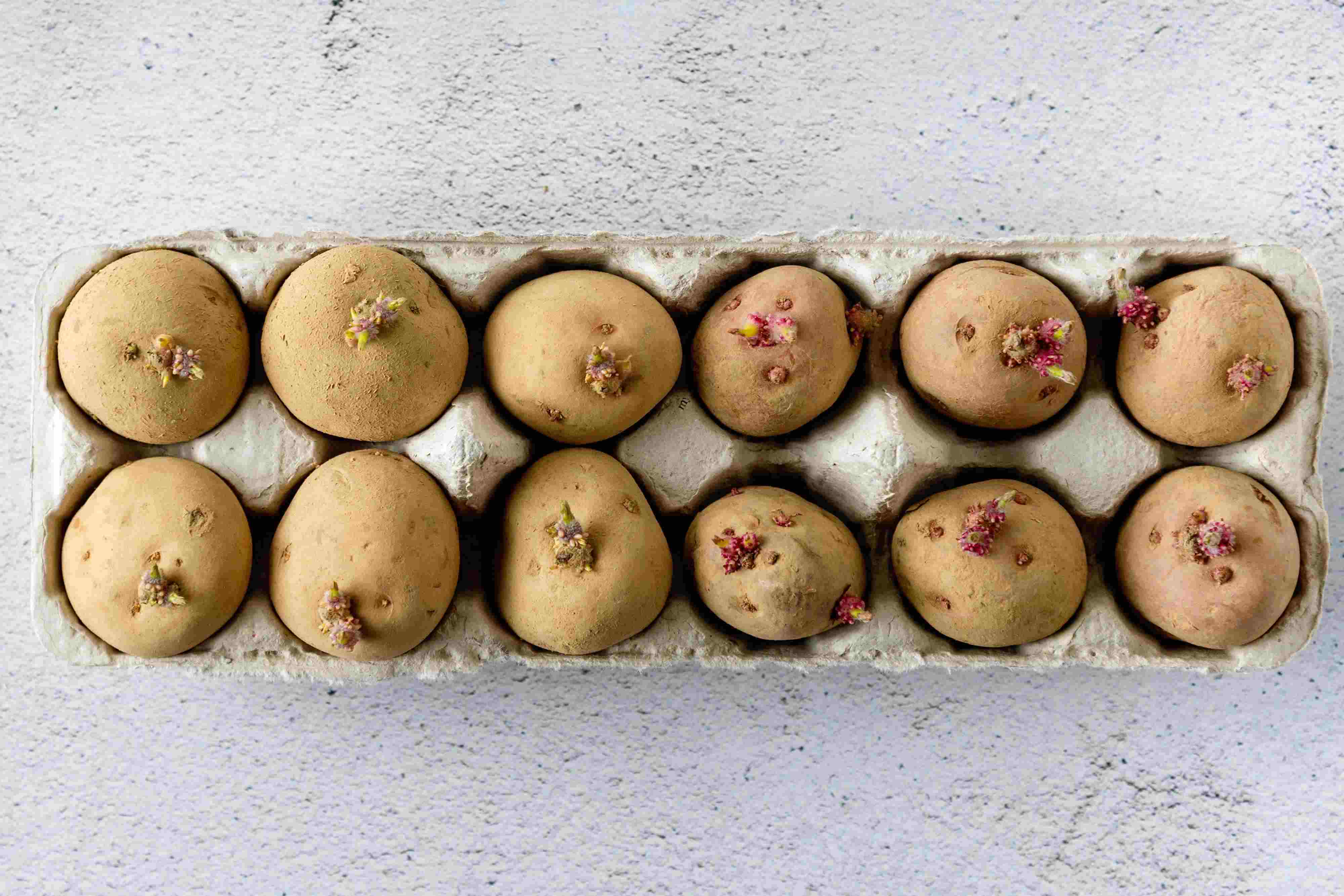

Edible Gardening
What Do Potato Seeds Look Like
Modified: February 2, 2024
Discover what potato seeds look like in edible gardening. Learn how to identify and grow these essential seeds for a successful vegetable garden.
(Many of the links in this article redirect to a specific reviewed product. Your purchase of these products through affiliate links helps to generate commission for Chicagolandgardening.com, at no extra cost. Learn more)
Table of Contents
Introduction
Welcome to the fascinating world of edible gardening! If you have ever dreamed of growing your own food, then you’re in the right place. One of the most rewarding and versatile plants to cultivate is the humble potato. Not only are fresh potatoes delicious, but they are also a rich source of vitamins, minerals, and fiber.
Understanding the ins and outs of potato cultivation begins with having knowledge of potato seeds. Yes, you read that correctly – potatoes do indeed start from seeds. While most people are familiar with planting potato tubers or “seed potatoes,” the actual seeds play a crucial role in the potato growing process.
In this article, we will delve into the intriguing world of potato seeds. We will explore their appearance, different varieties, and how to successfully germinate and plant them. By the end, you will be equipped with all the information you need to embark on your own potato growing journey.
So, let’s dive in and discover the wonders of potato seeds that await you!
Understanding Potato Seeds
When it comes to potatoes, many people are unaware that they start their life cycle as seeds. Unlike other plants that produce flowers and fruits, potatoes develop small berries that contain numerous seeds. These seeds are the starting point of potato cultivation.
Potato seeds are not like the traditional seeds you may be familiar with, such as those of tomatoes or cucumbers. They are small and often resemble tiny grains. Each seed holds the potential to grow into a new potato plant, carrying with it the unique characteristics of its parent plant.
It’s important to note that potato seeds differ from potato tubers, which are the thick, fleshy structures we commonly plant. While tubers can be used for propagation, planting seeds allows for greater diversity and the opportunity to discover new potato varieties.
One key aspect of understanding potato seeds is realizing that not all potato plants produce berries and seeds. Many modern potato varieties are cultivated through vegetative propagation, using tubers or pieces of tubers. However, wild or heritage varieties are more likely to produce seeds, offering a chance to explore different traits and flavors.
Although potato seeds may not be as commonly used as tubers for planting, they hold tremendous potential for gardeners and breeders who are interested in experimenting with new potato varieties. By understanding the nature of these seeds, you can unlock a whole world of possibilities in your edible garden.
Appearance of Potato Seeds
The appearance of potato seeds may vary depending on the specific variety. However, in general, potato seeds are small, round, and often resemble tiny grains or peas. They typically measure about 1 to 2 millimeters in diameter and come in a range of colors, including white, yellow, brown, or purple.
Each potato seed is encased in a thin, papery covering called the seed coat, which protects the embryo inside. The seed coat can be smooth or slightly wrinkled, and its color may differ from that of the seed itself. Some potato seeds may have distinct markings or patterns on their surface, while others appear uniformly colored.
It’s important to note that potato seeds should not be confused with the sprouts that emerge from stored potatoes. While these sprouts may resemble small seeds, they are actually the beginnings of new shoots that grow from the tuber. Potato seeds are developed within the berries of the potato plant and are the true starting point for growing new potato plants.
When handling potato seeds, it’s essential to be gentle, as they are delicate and can easily be damaged. Due to their small size, it may require some care and attention to handle and sow potato seeds effectively.
Overall, the appearance of potato seeds may seem unassuming and diminutive compared to other types of seeds. However, their potential for growth and the diverse range of potato varieties they can produce make them a valuable asset for any edible gardener or aspiring potato enthusiast.
–
Varieties of Potato Seeds
Potato seeds offer a world of possibilities when it comes to exploring different varieties of this versatile vegetable. While many gardeners are familiar with planting tubers or sets, growing potatoes from seeds allows for greater diversity and the opportunity to discover unique traits and flavors.
There is a wide array of potato seed varieties available, each with its own distinct characteristics. They can differ in terms of color, texture, taste, cooking qualities, and even disease resistance. Some popular potato seed varieties include:
- Fingerling Potatoes: These small, elongated potatoes have a firm texture and come in various colors, such as yellow, red, or purple. They are known for their buttery flavor and are great for roasting, grilling, or using in salads.
- Russet Potatoes: Russets are large, oval-shaped potatoes with a rough, brown skin. They have a fluffy texture when cooked, making them perfect for baking, mashing, or frying. Their mild flavor pairs well with a variety of dishes.
- Red Potatoes: As the name suggests, these potatoes have a vibrant red skin and a smooth, waxy texture. They hold their shape well when cooked, making them ideal for boiling, steaming, or using in salads.
- Purple Potatoes: These potatoes have a striking purple skin and flesh, adding a pop of color to any dish. They have a sweet, nutty flavor and are great for roasting, mashing, or using in salads.
- Yukon Gold Potatoes: Known for their golden skin and creamy yellow flesh, Yukon Golds have a buttery flavor and a smooth, waxy texture. They are versatile and can be used for baking, boiling, mashing, or frying.
These are just a few examples of the many potato seed varieties available. Each variety has its own unique qualities, allowing you to experiment and find the ones that suit your taste preferences and cooking needs.
When selecting potato seeds, consider factors such as the variety’s growth habits, disease resistance, and suitability to your specific climate. Some varieties may thrive in cooler climates, while others are better suited for warmer regions. Doing a little research and understanding the characteristics of different potato seed varieties will help you make an informed choice and set you up for a successful potato growing experience.
Germination and Planting of Potato Seeds
The germination and planting of potato seeds require a slightly different approach compared to traditional seeds. Here’s a step-by-step guide to help you successfully grow potato plants from seeds:
- Seed Selection: Start by selecting high-quality potato seeds from reputable sources. Look for seeds that are firm, plump, and free from any signs of damage or decay. Different varieties may have varying germination rates, so be sure to check the specific requirements for the variety you choose.
- Seed Preparation: Some gardeners recommend pre-soaking potato seeds in lukewarm water for 24 hours prior to planting. This can help soften the seed coat and promote germination. However, this step is not always necessary and may depend on the specific variety or your preferences.
- Sowing the Seeds: Fill seed trays or small pots with a well-draining potting mix. Plant the potato seeds about 1 inch deep, spacing them 2-3 inches apart. Gently press the seeds into the soil and cover them with a thin layer of soil or vermiculite.
- Provide Optimal Conditions: Place the seed trays or pots in a warm location with indirect sunlight. Keep the soil consistently moist, but avoid overwatering, as excessive moisture can lead to rotting. Maintaining a temperature between 60-70°F (15-21°C) can help facilitate germination.
- Germination Period: Potato seeds typically take around 2-4 weeks to germinate. During this time, ensure that the soil remains evenly moist and provide proper ventilation to prevent fungal diseases. Be patient, as germination can vary depending on the variety and environmental conditions.
- Transplanting Seedlings: Once the potato seedlings have developed a few sets of true leaves and are approximately 6-8 inches tall, they are ready to be transplanted into larger containers or into the garden. Make sure to acclimate the seedlings to outdoor conditions gradually before transplanting to minimize transplant shock.
- Planting in the Garden: Choose a sunny location in your garden with well-draining soil. Prepare the soil by removing any weeds or debris and amending it with organic matter. Dig holes that are deep enough to accommodate the root system of the seedlings. Space the plants at least 12-18 inches apart to allow for proper growth.
- Maintaining the Plants: Keep the potato plants consistently watered, providing about 1-2 inches of water per week. Mulching around the plants can help conserve moisture and suppress weeds. As the plants grow, consider hilling soil or mulch around the base of the plants to protect the developing tubers and promote healthy growth.
Remember that growing potatoes from seeds requires patience and attentive care. While it may take longer compared to planting tubers, the reward of discovering unique potato varieties and the satisfaction of growing from start to finish is well worth the effort.
Cultivating and Harvesting Potato Plants
Once your potato plants are well-established and growing vigorously, it’s time to shift your focus to cultivating and eventually harvesting your crop. Here are some essential tips to guide you through this exciting phase:
Watering: Proper watering is crucial for the development of healthy potato plants. Aim to keep the soil consistently moist but not waterlogged. Regularly monitor the moisture levels and adjust your watering schedule accordingly. During periods of hot weather, you may need to increase watering frequency.
Feeding: Potatoes are heavy feeders and require sufficient nutrients to produce a bountiful harvest. Prior to planting, incorporate organic matter or compost into the soil to improve its fertility. Additionally, apply a balanced fertilizer with a higher potassium content to promote tuber development. Follow the manufacturer’s instructions for application rates.
Managing Pests and Diseases: Potato plants are susceptible to various pests and diseases, including potato beetles, aphids, and late blight. Implement preventive measures such as companion planting, proper crop rotation, and using organic pest control methods when necessary. Regularly inspect your plants for any signs of infestation or disease and take immediate action to mitigate the issue.
Staking and Supporting: As potato plants grow, they can become top-heavy and may benefit from staking or supporting. This helps prevent the plants from bending or breaking under the weight of the foliage and can improve air circulation, reducing the risk of disease. Use stakes or cages to gently support the plants, ensuring they have room to grow and expand.
Harvesting: The time to harvest potatoes will vary depending on the variety and your desired outcome. For “new potatoes,” you can start harvesting when the plants begin to flower. Gently dig around the base of the plants and carefully remove a few potatoes without disturbing the remaining plant. For mature potatoes, wait until the foliage has yellowed and died back. Dig up the entire plant and allow the harvested potatoes to cure in a cool, dark place for a week or two before storing.
Storage: After harvesting, it’s important to store your potatoes properly to prolong their freshness. Choose a dark, cool, and well-ventilated area, such as a cellar or a cool pantry, for storage. Avoid exposure to sunlight and high humidity, as these can cause potatoes to sprout or rot. Regularly check stored potatoes for any signs of spoilage and remove any that are damaged.
By implementing these cultivation and harvesting practices, you can ensure a successful potato growing experience and enjoy a flavorful harvest of homegrown potatoes. Whether you’re indulging in fresh “new potatoes” or storing mature potatoes for future use, the satisfaction of growing your own food is truly rewarding.
Conclusion
Congratulations! You have now gained a comprehensive understanding of potato seeds and how to cultivate them into thriving potato plants. By exploring the world of potato seeds, you have unlocked a realm of diversity, allowing you to discover unique flavors, colors, and textures in your potato harvest.
From understanding the appearance of potato seeds to exploring the different varieties available, you are equipped with the knowledge to make informed choices for your edible garden. Remember that each potato seed holds the potential to unlock a new culinary experience, whether it be the buttery richness of fingerling potatoes or the vibrant hues of purple potatoes.
Through careful germination and planting, along with proper cultivation techniques, you can observe your potato plants thrive and produce a bountiful harvest. Patience, attentiveness, and providing optimal growing conditions will reward you with an abundance of delicious tubers to enjoy in your favorite recipes.
As you nurture your potato plants from seedlings to mature plants, don’t forget to remain vigilant against pests and diseases, and to provide the necessary watering and feeding to promote healthy growth. Harvesting your homegrown potatoes will be a satisfying experience, highlighting the rewards of your dedication and efforts.
Whether you are an avid gardener or a novice looking to embark on a new gardening adventure, growing potatoes from seeds is an exciting and fulfilling endeavor. The process allows you to connect with nature, appreciate the wonders of plant life, and ultimately enjoy the taste of freshly harvested potatoes on your plate.
So, don’t hesitate to dive into the world of potato seeds and start your own edible garden. With a little knowledge and a lot of passion, you can cultivate a bountiful potato crop that will nourish both body and soul. Happy gardening!

